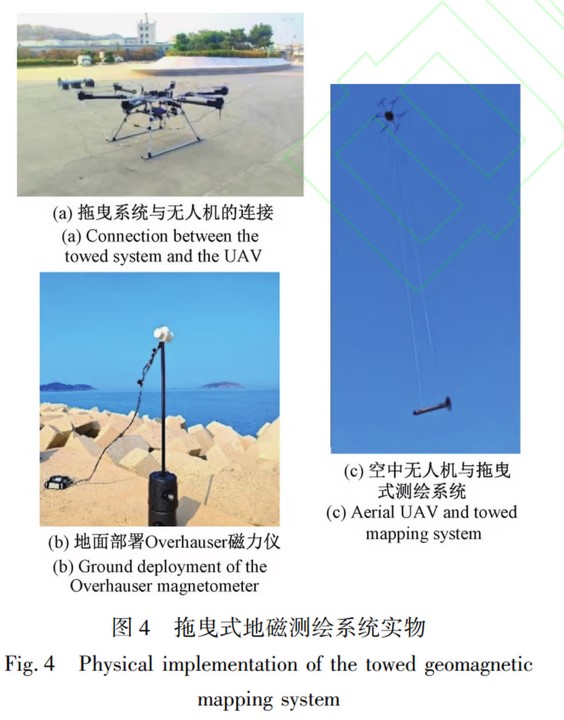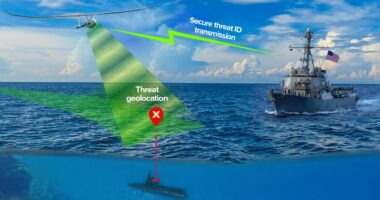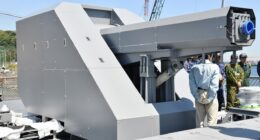The race to control the seas just got an upgrade.
China is now arming its drones with magnetic sensors built to sniff out hostile submarines lurking in the ocean’s “blind spots.”
Unlike traditional sonar, which can struggle in tricky underwater conditions, these magnetic sensors pick up tiny shifts in Earth’s magnetic field, spotting threats that usually go unnoticed.
The result? Faster, sharper detection, even in low-latitude hotspots like the South China Sea.
Offshore Trials
To prove it works, a team from China Aerospace Science and Technology Corporation recently wrapped up offshore trials, pushing the tech past the “severe practical limitations” of existing systems.
Using a 20-meter (65-foot) tether, the sensor was paired with a rotor drone and deployed to sweep a 400-meter by 300-meter (1,312-foot by 984-foot) grid.

The tests showed a magnetic anomaly detection accuracy of 2.517 nanotesla, with results matching two independent surveys at a jaw-dropping 99.8 percent correlation.
In short, the system can spot incredibly tiny shifts in the magnetic field with high accuracy.
To boost performance, the team also packed it with a fluxgate magnetometer for heading corrections and GPS-linked ground stations for real-time data processing.
Rivaling Similar Systems
China’s drone-mounted quantum sensor now rivals Canada’s MAD-XR system, a top-tier sub-hunting technology used by NATO forces.
However, China’s version reportedly pulls off full directional coverage with just a single unit, unlike MAD-XR, which needs multiple probes to avoid blind spots.
That could make China’s sensor easier to deploy, especially in contested waters.
“The MAD-XR is too sophisticated and expensive, limiting the scope of practical applications in real life,” team leader Wang Xuefeng stated.









